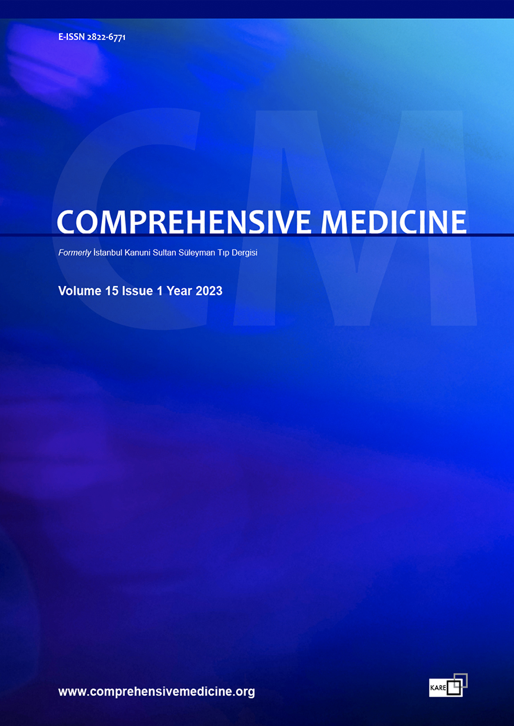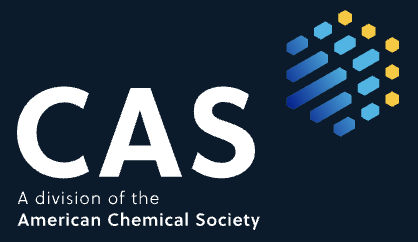Evaluation of Code Blue Calls in the Pre-Pandemic and Pandemic Period: A Tertiary Care Hospital Experience
Kadir Arslan, Ayça Sultan ŞahinDepartment of Anesthesiology and Reanimation, University of Health Sciences, Kanuni Sultan Süleyman Training and Research Hospital, İstanbul, TürkiyeINTRODUCTION: Code blue is the universal emergency management in which a professional team effectively intervenes in cases requiring emergency intervention, such as cardiopulmonary arrest in the hospital. This study aimed to contribute to the literature by analyzing code blue calls before and after the pandemic.
METHODS: Code blue calls between 01.03.2019–01.03.2021 were examined retrospectively. Patients' demographic data, the reason for code blue and the place it was given, the time for the team to reach the scene, and all the interventions and their results were recorded.
RESULTS: Two hundred and seventeen code blue calls were included in the study. Mean age of the patients was 60.3±22.2 years, and 52% were females. Of the calls, 54% were reported during the pandemic period. While 50% of the calls were reported during working hours, the time for the team to reach the scene was 2.3±0.9 minutes. While cardiopulmonary resuscitation was performed in 47% of the patients, 23% died.Cardiopulmonary arrest was the most common cause of code blue (39%). The most frequently called places were internal medicine services, with 20% before and pandemic services with 17% after the pandemic. The number of patients who underwent defibrillation was significantly lower in the pandemic group (p=0.04).
DISCUSSION AND CONCLUSION: This study observed an increase in the number of calls and a significant decrease in the number of patients undergoing defibrillation during the pandemic period. We think that the results of the code blue application can be improved with practical training against pandemics that may occur in the future.
Keywords: Cardiopulmonary arrest, cardiopulmonary resuscitation, code blue, in-hospital mortality, pandemic
Pandemi Öncesi ve Pandemi Döneminde Gerçekleşen Mavi Kod Çağrılarının Değerlendirilmesi: Üçüncü Basamak Tek Merkez Deneyimi
Kadir Arslan, Ayça Sultan ŞahinSağlık Bilimleri Üniversitesi, Kanuni Sultan Süleyman Eğitim ve Araştırma Hastanesi, Anesteziyoloji ve Reanimasyon Anabilim Dalı, İstanbul, TürkiyeGİRİŞ ve AMAÇ: Amaç: Mavi kod, hastane içinde kardiyopulmoner arrest gibi acil müdahale gerektiren durumlarda profesyonel bir ekip tarafından etkin müdahalenin yapıldığı, evrensel acil durum yönetimidir. Bu çalışmanın amacı, mavi kod çağrılarının pandemi öncesi ve sonrası dönemde analizini yaparak literatüre katkı sağlamaktır.
YÖNTEM ve GEREÇLER: 01 Mart 2019–01 Mart 2021 tarihleri arasındaki mavi kod çağrıları retrospektif olarak incelendi. Hastaların demografik verileri, mavi kod nedeni ve verildiği yer, ekibin olay yerine ulaşma süresi, yapılan tüm müdahaleler ve sonuçları kaydedildi.
BULGULAR: Toplam 217 mavi kod çağrısı çalışmaya dahil edildi. Hastaların ortalama yaşları 60,3±22,2 yıl ve %52’si kadındı. Çağrıların %54’ü pandemi döneminde ve %50’si çalışma saatlerinde bildirildi. Ekibin olay yerine ulaşma süresi 2,3±0,9 dakika idi. Hastaların %47’sine kardiyopulmoner resüsitasyon uygulanırken, %23’ü vefat etti. Pandemi öncesinde %20 ile iç hastalıkları servisi ve pandemi sonrasında %17 ile pandemi servisleri en sık çağrı yapılan yerler idi. Pandemi grubundaki hastalarda defibrilasyon uygulanan hasta sayısı anlamlı düşüktü (p=0,04).
TARTIŞMA ve SONUÇ: Bu çalışmada, pandemi döneminde çağrı sayısında artış ve defibrilasyon uygulanan hasta sayısında anlamlı azalma gözlenmiştir. İlerleyen zamanlarda meydana gelebilecek pandemilere karşı etkin eğitimlerle mavi kod uygulaması sonuçlarının iyileştirilebileceği düşünülmüştür
Anahtar Kelimeler: Hastane içi mortalite, kardiyopulmoner arrest, kardiyopulmoner resüsitasyon, mavi kod, pandemi
Manuscript Language: English






















